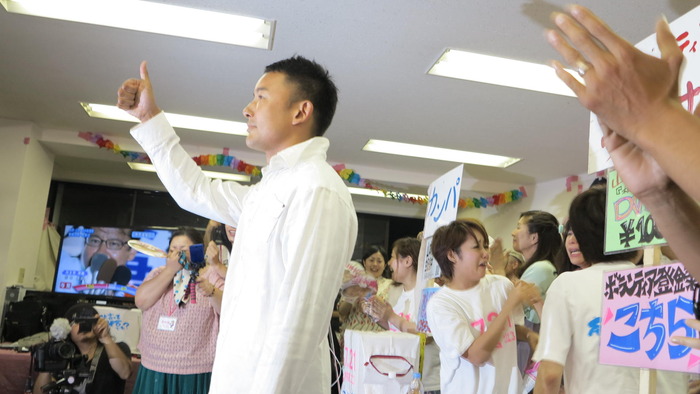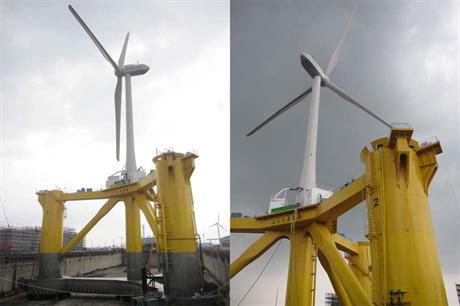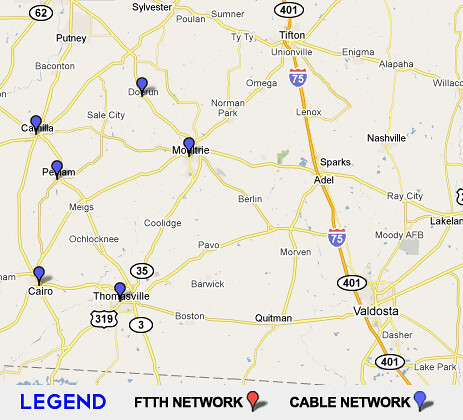An actor turned anti-nuke activist after Fukushima just won a seat in Japan’s upper house in the national government.
 Japan Times, 22 July 2013 (Tokyo time is 13 hours ahead of Georgia time),
Actor Yamamoto, ex-wrestler Inoki win,
Japan Times, 22 July 2013 (Tokyo time is 13 hours ahead of Georgia time),
Actor Yamamoto, ex-wrestler Inoki win,
Actor and anti-nuclear activist Taro Yamamoto and ex-wrestling star Antonio Inoki both won seats in Sunday’s Upper House contest, early returns showed.
Yamamoto, 38, who ran as an independent in the Tokyo constituency, appeared set to enter the upper chamber after failing to win a seat in the Lower House election in December.
He became widely known for his anti-nuclear power activities following the March 2011 Fukushima meltdowns. He has also campaigned against Japan’s participation in the Trans-Pacific Partnership trade liberalization negotiations, while calling for improved social security.
Blogger In the Eyes of an Étranger reports Toro Yamamoto said about his election win:
“I will do a banzai to celebrate the occasion when I really end up helping the victims of the nuclear disaster. A thorny path lies ahead of me. Vested nuclear interests will no doubt try to sabotage my efforts. My only friend in my endeavor are the voters who entrusted their sacred votes.”
WSJ notes five seats for Tokyo were contested Continue reading



 しばとも
しばとも













